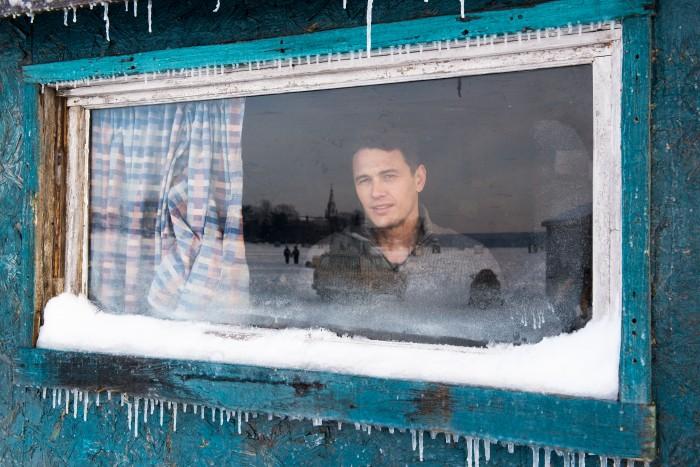A man wakes up in a tiny wooden hut, just barely larger than the cot where he sleeps. Sunbeams light up a small notebook lying on a table, taking on larger-than-life proportions on the screen—its presence is ominous.
Tomas (James Franco) sips his coffee kept warm on a wood-burning stove. The struggling novelist writes a few lines in the notebook. Then from the outside we see him looking out of the window, with a snow-filled landscape reflected in the glass. He walks out of the hut. It’s cold and barren in a way that makes one turn inward.

James Franco (Tomas) in Wim Wenders's "Every Thing Will Be Fine." (Donata Wenders/NEUE ROAD MOVIES GmbH/an IFC Films Release).





